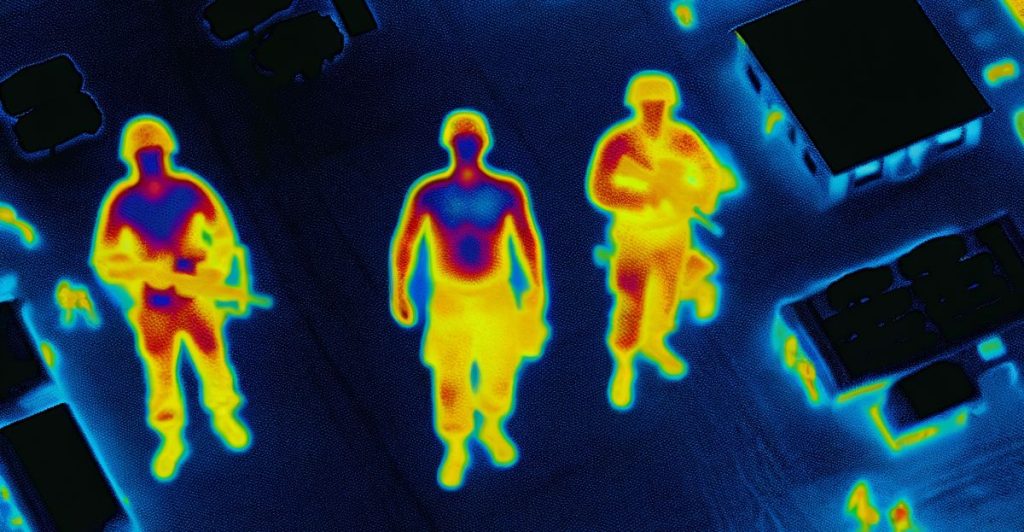Thermal camouflage and cloaking devices reflect a new stage in modern conflict.
Others are reading now
Thermal camouflage and cloaking devices reflect a new stage in modern conflict.
Russians Deploy “Invisibility Cloaks” at the Front
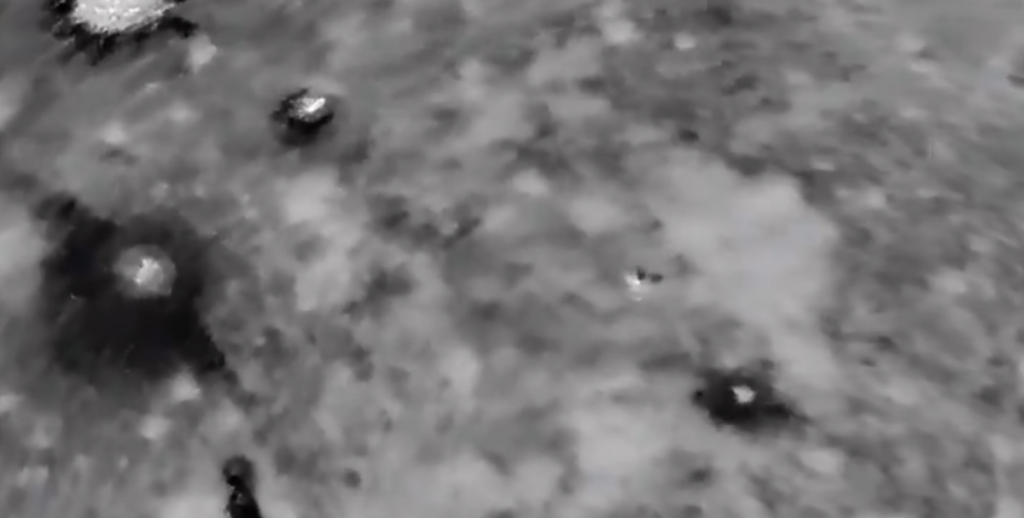
Ukrayinska Pravda reports that Russian forces are fielding special groups to slip behind Ukrainian lines.
Their mission is to target drone pilots, who have become vital to the war effort.
To support these operations, they are using so-called “invisibility cloaks” to avoid detection by thermal cameras.
Testing Turned Into Practice
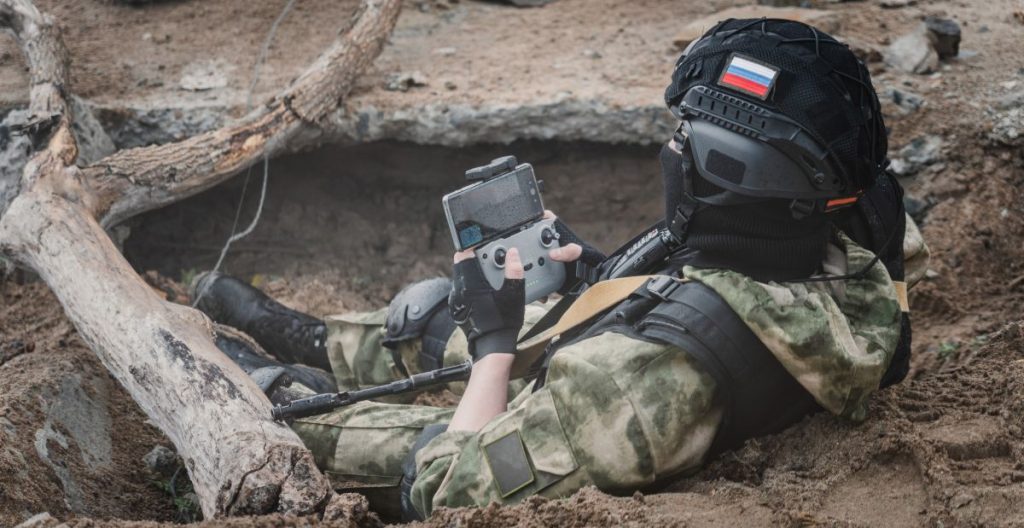
In early 2024, the Russian military tested an “invisibility cloak” designed to shield soldiers from thermal imaging.
Also read
At the time, the concept seemed experimental.
Now, a year and a half later, Ukrainian sources say those tests have translated into battlefield use, with small units moving under cover of night.
Striking at Drone Pilots

The Russian tactic does not focus on strongpoints or heavy engagements.
Instead, small squads attempt to move deeper into Ukrainian positions to strike at specific targets.
Drone pilots, who guide reconnaissance and artillery strikes, are at the top of their list. The move highlights how crucial drones have become in this war.
Also read
Cloaks That Blur the Human Silhouette
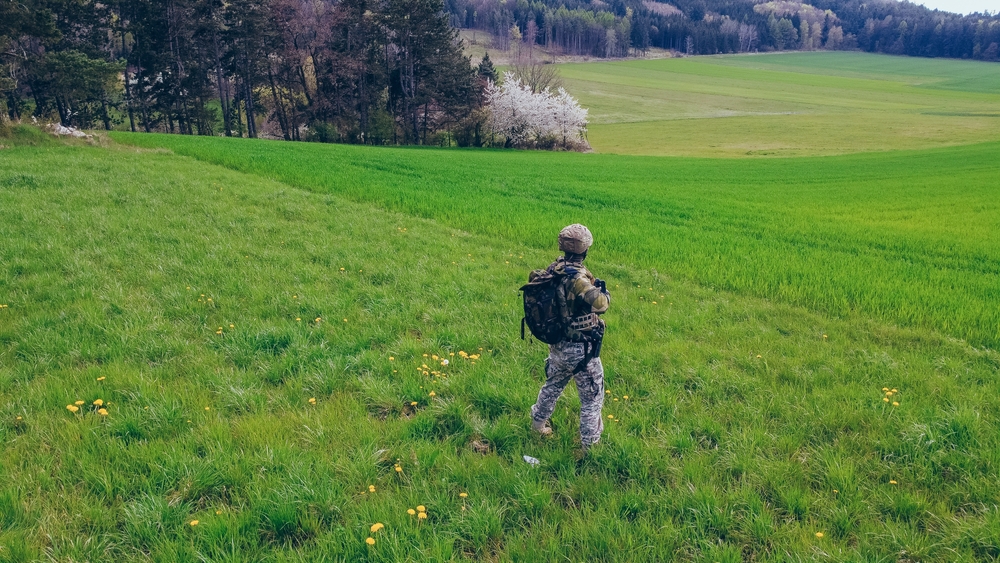
The “invisibility cloak” functions as advanced camouflage.
It blurs the soldier’s outline, making them harder to spot with night vision.
More importantly, it provides insulation that reduces a person’s heat signature.
As a result, troops covered with the material appear faint or nearly invisible through thermal imaging.
Stillness Makes Them Harder to Spot
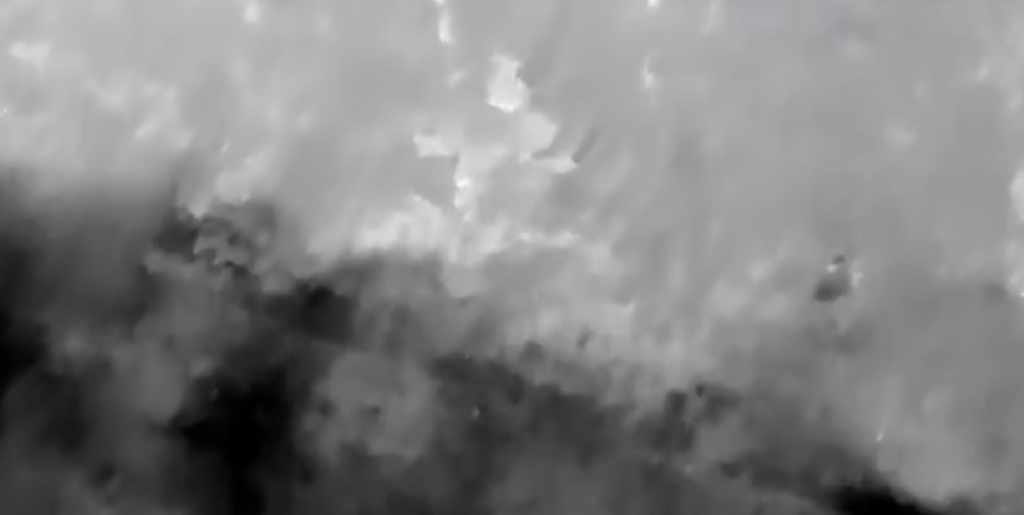
Videos circulating online show the effect in practice.
Also read
“As you can see in videos available online, a cloaked, motionless person is very difficult to spot. The chance of detection increases only when they begin to move.”
Movement remains the weak point of this method, even with advanced insulation.
Adapting to Drone and Artillery Warfare
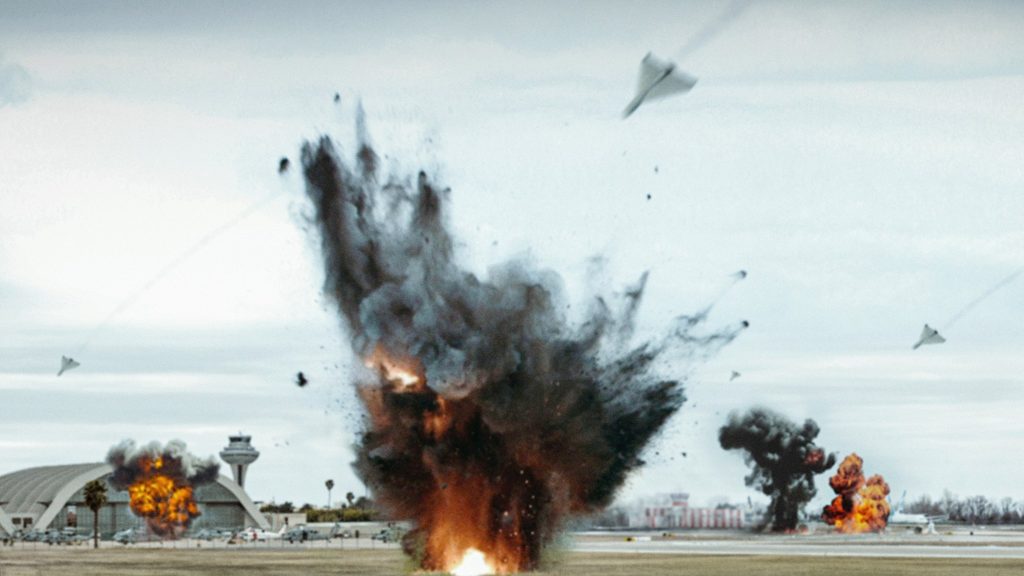
The widespread use of drones and heavy artillery has reshaped frontline combat in Ukraine. Both armies now avoid massing large forces in one place.
This shift allows small, stealthy Russian units to infiltrate dispersed Ukrainian defenses, although without heavy support their attacks remain limited in scope.
Smaller Strongpoints Change the Battlefield
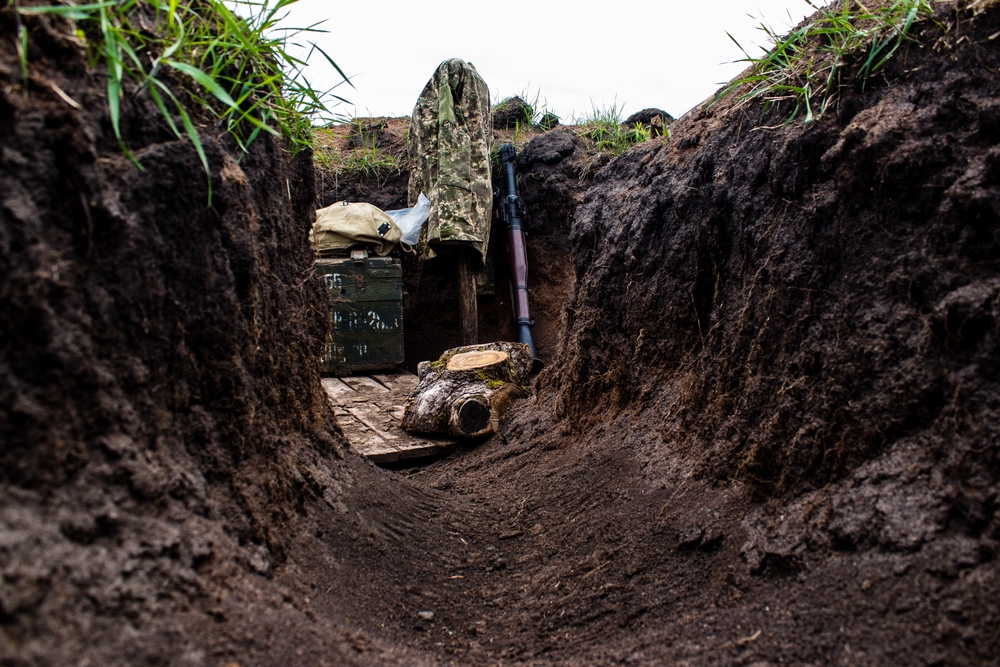
Ukrainian defenses today are more spread out compared with earlier stages of the war. Instead of large fortified clusters, positions are scattered and lean.
Also read
This creates opportunities for Russian infiltration by small teams, but it also forces them to fight light and fast, as heavy weapons would give them away.
Not Just a Russian Innovation
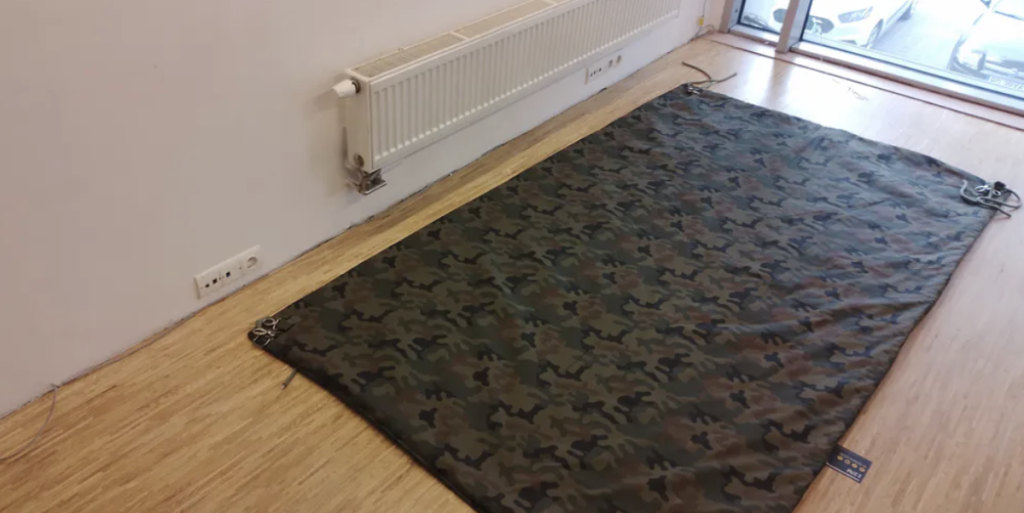
“Invisibility cloaks” are not exclusively Russian.
Ukrainian troops are also adopting similar counter-surveillance tools.
Polish technology, such as the INVISI-TEC IR camouflage mat, offers protection against both night vision and thermal imaging.

